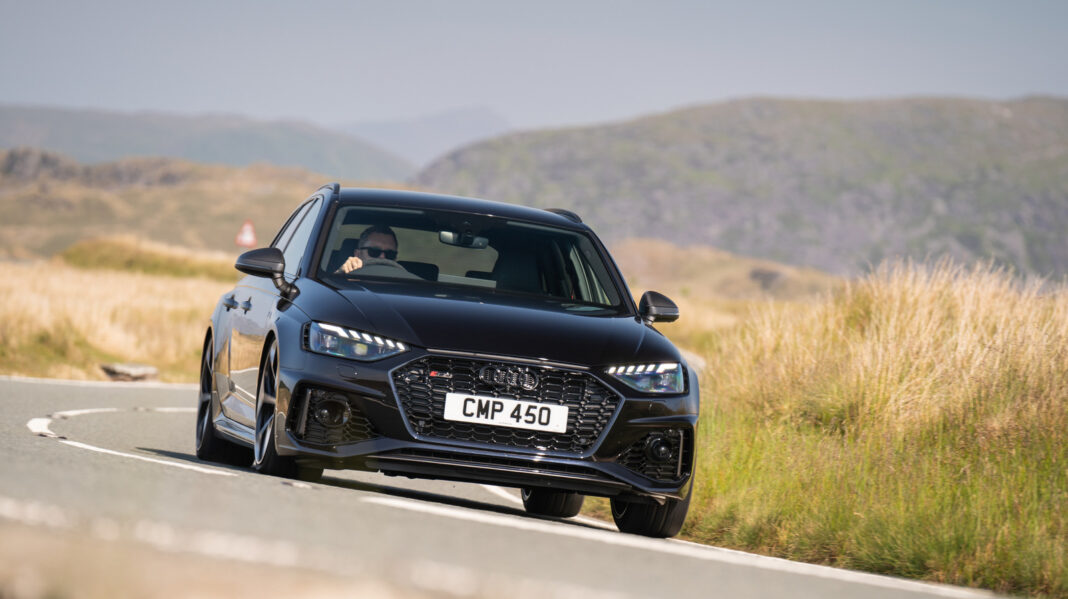To start, it’s important to state that Audis are not necessarily bad-handling cars. It’s true, though, that they sport different handling characteristics compared to other premium German marques — such as Mercedes-Benz and BMW — whose performance models tend to be rear-wheel drive instead of all-wheel drive. Rear-wheel-drive cars tend to oversteer rather than understeer, and for the driving enthusiast, that is definitely the preference.
The difference between oversteer and understeer is simple and immediately noticeable when behind the wheel. Oversteer is when the rear of the car slides out when traction breaks, meaning the car starts to drift, with the rear sliding out towards the edge of the corner. With understeer, the front washes out when traction breaks, and the car then struggles to take the turn. Oversteer is controllable and can be quite enjoyable, whereas understeer is just frustrating and no fun at all.
The reason why Audis tend to understeer is really quite simple: it’s due to the amount of weight that designers and engineers place over the front axle of these cars. Whereas competing automakers will place the engine further back, Audi’s performance models have always been notoriously nose-heavy. Furthermore, while competing models are rear-wheel drive, with most of the drivetrain components at the rear of the car, Audi’s performance models use the quattro all-wheel drive system. This too places weight over the car’s nose. All that weight at the front end is what encourages the car to wash out and understeer when powering through the corners.
Audi works hard to eliminate understeer
Whereas BMW claims to construct the ultimate driving machines, Audi does not. Yet understeer — which some jokingly refer to as “Audisteer” — is probably not something the company wants to be so strongly associated with. Well, in recent years, Audi engineers have been striving to eliminate this frustration without having to fully redevelop the model range. The solution they have found is introducing an active sport differential to the quattro all-wheel drive system. This can send up to 100% of the power to one or both rear wheels, which encourages the car to oversteer, downplaying any understeering tendencies.
Having said that, we were recently behind the wheel of the flagship Audi RS6 GT. Despite the super grippy tires and clever mechanical goodness underneath the skin, we found that the big, heavy Audi still had a tendency to understeer at the limit of grip. On some models, such as the B9-generation S4, the sport differential is an optional extra, so if you’re shopping around for a hot Audi and want it to handle like one, don’t just assume every example has the diff fitted.
Also, fitting proper tires will help. If you’re driving around a fast Audi with ditch-finders on all four wheels, then the limit of grip will be found much more easily, which will only exaggerate the problem. Fitting sticky rubber means your Audi will grip the road longer, so you’d only be likely to experience understeer when really pushing it rather than just having a fun, spirited drive on your favorite back road.
First Appeared on
Source link




